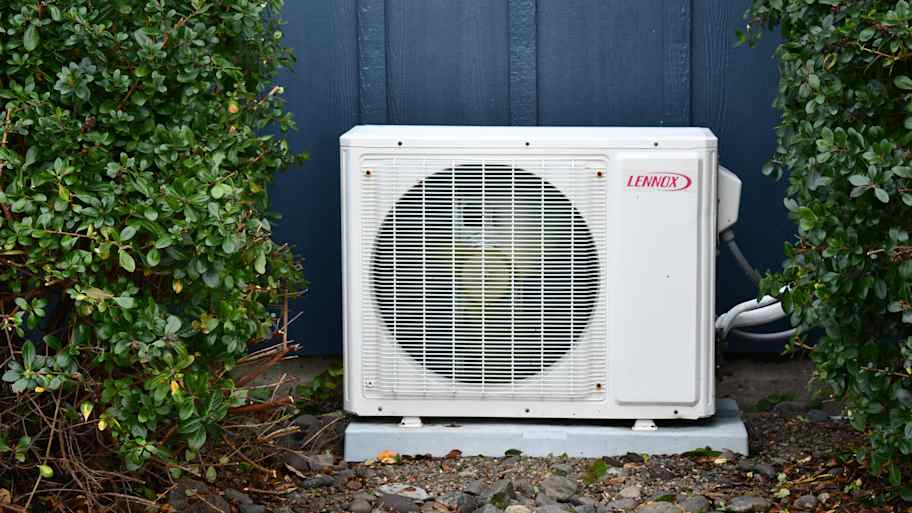
What you’ll pay for furnace repairs depends on many factors, including what parts are malfunctioning, where you live, and even the time of day. Here’s a breakdown of what can go wrong with your furnace and the cost to fix those issues.
Let this ductwork sizing chart work for you


Pros calculate duct sizes based on flow rate and friction loss.
You’ll use round, flexible ducts or inflexible rectangular ducts for projects.
It’s better to oversize than undersize ductwork.
Calculating the duct sizes you need for your project isn’t simple and should be left to the pros. However, you can still use this duct sizing chart to break down how a professional would determine the required duct size and to know how you can calculate the volume of your ductwork.
Planning ventilation systems requires precise knowledge of flow rates and duct sizing to accommodate them. Each room or appliance has a specific cubic feet per minute (CFM) requirement that ensures proper air circulation. The table below shows common duct sizes and CFM rates and is a good reference for projects and spaces:
| Project | Duct Size Requirements | Cubic Feet per Minute Airflow (CFM) |
|---|---|---|
| Bathroom exhaust | 4-in. diameter round | 90 |
| Small bedroom duct system | 6-in. rectangular | 115 |
| Large living room duct system | 10-in. to 12-in. rectangular | 290 |
| Dryer vent | 4-in. to 5-in. diameter round | 105 |
| Commercial office space | 12-in. to 16-in. rectangular | 1.5 CFM per square foot |
There are two steps you need to follow to find the correct duct size for your project. The first is finding the volume of the ducts you may be installing. The second is a much more involved calculation and is designed to determine the duct size based on flow rate and velocity.
To find the volume of rectangular ducts, use the following formula:
Duct Size = Length (in feet) x Width (in feet) x Height (in feet)
To find the volume of cylindrical (circular) ducts, use the following formula:
Duct Size = Length (in feet) x π x Radius²
To find the radius, use half of the diameter. If that’s difficult to measure, find the distance around the cylinder (called the circumference), then use:
Radius = Circumference / (2 x π)
Homeowners shouldn’t be calculating duct sizes on their own. The reason is that pros use mathematical formulas based on a number of factors that aren’t easy to determine as a DIYer.
For example, you’d need to know the air velocity in feet per minute (fpm) of your HVAC system, the number of bends in your ductwork, and the total length of your proposed ductwork system.
A good way to understand your systems is by becoming familiar with the types of ducts used in heating and cooling. However, we recommend flow rate and friction loss calculations be left to a pro, which is why we didn’t include complex formulas in this article.
If you want to measure your ducts or get an accurate quote for a project, talk to a duct installation pro near you. While you can hire a general HVAC technician for the work, a dedicated duct pro is often the better choice due to familiarity with materials and installation requirements specific to ductwork. HVAC pros are excellent, but a ductwork pro is the best option for these projects.
From average costs to expert advice, get all the answers you need to get your job done.

What you’ll pay for furnace repairs depends on many factors, including what parts are malfunctioning, where you live, and even the time of day. Here’s a breakdown of what can go wrong with your furnace and the cost to fix those issues.

Whole-house humidifier costs vary based on the type and size of the unit, along with other factors. The price might be worth it for people living in dry regions.

A heat pump is an eco-friendly heating and cooling system that can save you money on utilities each month. Find out the cost of a heat pump with this guide.

Mini split versus heat pump: which one to choose? Explore how these energy-smart HVAC systems stack up in cost, comfort, and efficiency.

Discover the average wall heater installation cost, key price factors, and expert tips to help you budget and save on your next home heating project.

This calculator will help you determine what size furnace you need to keep your home toasty warm this winter.